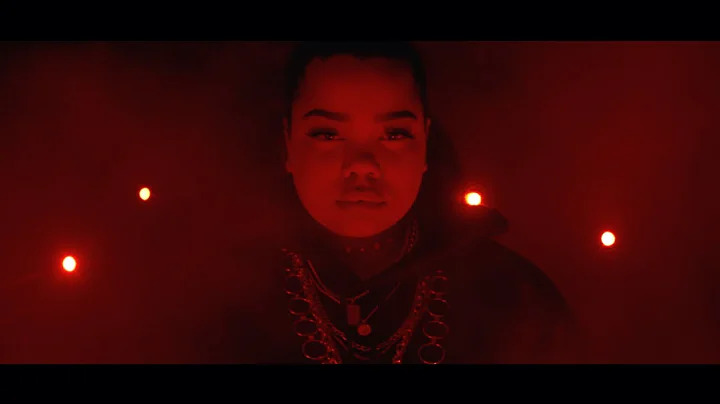Zoe Justine Wood
age ~54
from Santa Barbara, CA
- Also known as:
-
- Zoe J Wood
- Zoe Barnett
- Phone and address:
- 2515 Selrose Ln, Santa Barbara, CA 93109
Zoe Wood Phones & Addresses
- 2515 Selrose Ln, Santa Barbara, CA 93109
- Pasadena, CA
- Santa Cruz, CA
- San Luis Obispo, CA
Work
-
Position:Professional/Technical
Specialities
Business/Commercial • Corporate
Us Patents
-
Multi-Chart Geometry Images
view source -
US Patent:7586488, Sep 8, 2009
-
Filed:Aug 22, 2007
-
Appl. No.:11/895179
-
Inventors:Pedro V. Sander - Cambridge MA, US
Zoe J. Wood - Santa Barbara CA, US
Steven J. Gortler - Boston MA, US
John M. Snyder - Redmond WA, US
Hugues H. Hoppe - Redmond WA, US -
Assignee:Microsoft Corporation - Redmond WA
-
International Classification:G06T 15/00
-
US Classification:345423, 345581, 345586
-
Abstract:Techniques and tools for mesh processing are described. For example, a multi-chart geometry image represents arbitrary surfaces on object models. The multi-chart geometry image is created by resampling a surface onto a regular 2D grid, using a flexible atlas construction to map the surface piecewise onto charts of arbitrary shape. This added flexibility reduces parameterization distortion and thus provides greater geometric fidelity, particularly for shapes with long extremities, high genus, or disconnected components. As another example, zippering creates a watertight surface on reconstructed triangle meshes. The zippering unifies discrete paths of samples along chart boundaries to form the watertight mesh.
-
Multi-Chart Geometry Images
view source -
US Patent:20050151733, Jul 14, 2005
-
Filed:Jan 9, 2004
-
Appl. No.:10/755206
-
Inventors:Pedro Sander - Cambridge MA, US
Zoe Wood - Santa Barbara CA, US
Steven Gortler - Boston MA, US
John Snyder - Redmond WA, US
Hugues Hoppe - Redmond WA, US -
International Classification:G06T017/20
-
US Classification:345423000
-
Abstract:Techniques and tools for mesh processing are described. For example, a multi-chart geometry image represents arbitrary surfaces on object models. The multi-chart geometry image is created by resampling a surface onto a regular 2D grid, using a flexible atlas construction to map the surface piecewise onto charts of arbitrary shape. This added flexibility reduces parameterization distortion and thus provides greater geometric fidelity, particularly for shapes with long extremities, high genus, or disconnected components. As another example, zippering creates a watertight surface on reconstructed triangle meshes. The zippering unifies discrete paths of samples along chart boundaries to form the watertight mesh.
Resumes

Zoe Wood
view sourceLawyers & Attorneys

Zoe Wood - Lawyer
view sourceOffice:
Perkins Coie LLP
Specialties:
Business/Commercial
Corporate
Corporate
ISLN:
1001241750
Admitted:
2022
Name / Title
Company / Classification
Phones & Addresses
Colorado Backyard Farms
Gardeners
Gardeners
1256 Corona Street, #1, Denver, CO 80218
(303)4333176
(303)4333176
OHIO FAMILIES FOR KIDS
Myspace

Zoe Wood
view sourceFlickr

Rochelle Zoe Wood
view source
Zoe Wood
view source
Zoe Jane Wood
view source
Zoe Wood Btecou
view source
Zoe Rebecca Wood
view source
'Zoe Wood
view source
Darrell N Zoe Wood
view source
Zoe Wood
view sourceClassmates

Zoe Wood (Hollenbeck)
view sourceSchools:
Trout Lake High School Trout Lake WA 1965-1969
Community:
Kelvin Schmid, Sharon Warren, Dennis Stevens, Glenn Hollenbeck

Zoe Wood
view sourceSchools:
Bernalillo Middle School Bernalillo NM 2001-2005
Community:
Nishan Tadian, Jennifer Long

Zoe Wood (Hudson)
view sourceSchools:
Naples Christian Academy Naples FL 1979-1983, Ft. Myers Christian School Ft. Myers FL 1985-1989
Community:
Mandi Schiff, Amanda Riddle, Nancy Johnson

Bernalillo Middle School,...
view sourceGraduates:
Zoe Wood (2001-2005),
Tamura Durbin (1989-1992),
Lynn Guillen (1983-1987),
Nathanael Hawkins (1991-1993)
Tamura Durbin (1989-1992),
Lynn Guillen (1983-1987),
Nathanael Hawkins (1991-1993)
Googleplus
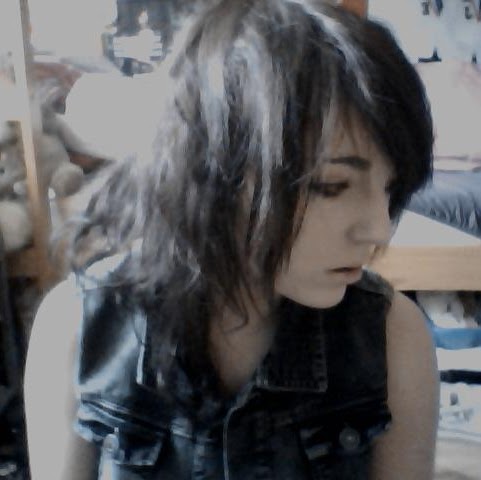
Zoe Wood
Work:
A bakery
Education:
Blackburn College

Zoe Wood
Education:
Elizabeth Shelton
Tagline:
CHEERLEADER FOR SPIRIT ALL STARS JEWELS!!!!!!!!!!!
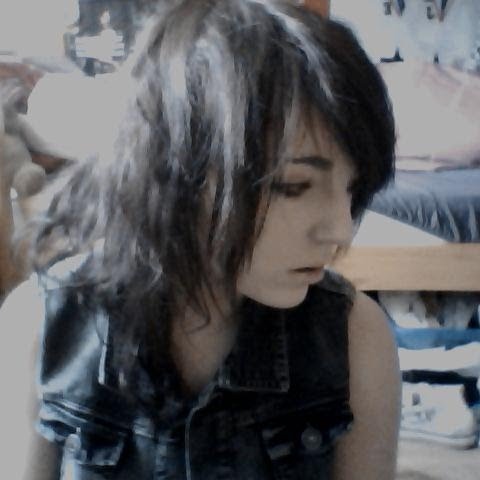
Zoe Wood

Zoe Wood

Zoe Wood
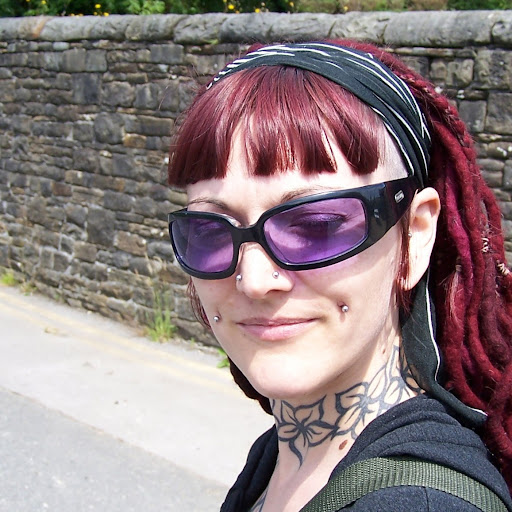
Zoe Wood

Zoe Wood
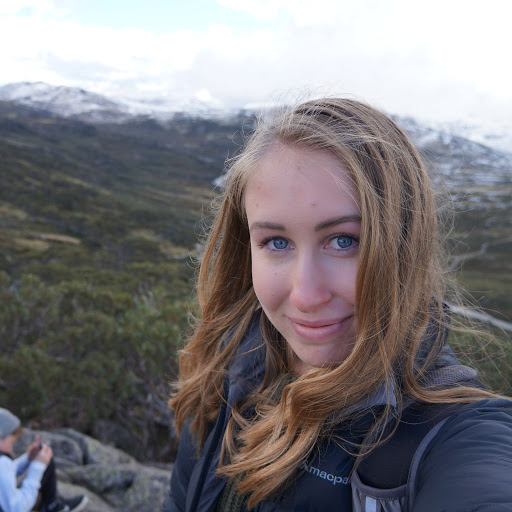
Zoe Wood
Youtube
Get Report for Zoe Justine Wood from Santa Barbara, CA, age ~54











